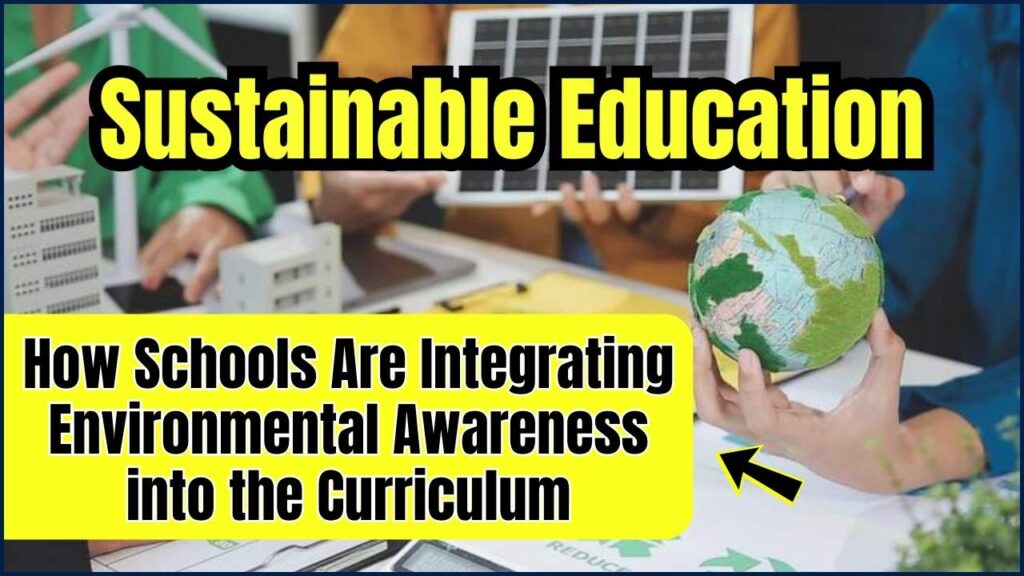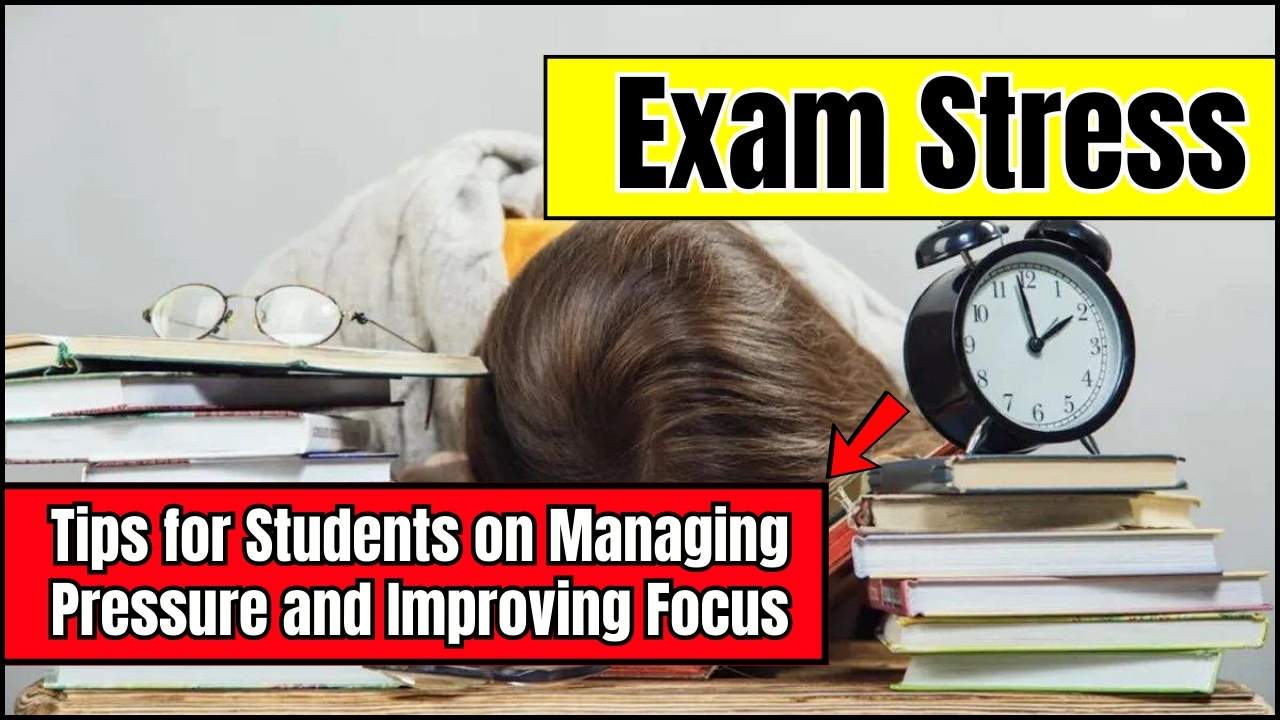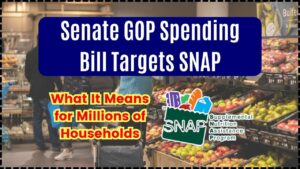
Sustainable Education: Climate change ain’t just some far-off headline anymore—it’s knocking on our door. That’s why sustainable education is taking root in classrooms across the U.S., shaping students into the next-gen planet protectors. Whether it’s growing lettuce in a schoolyard garden or calculating carbon emissions in math, eco-learning is going full throttle.
And let’s be honest—kids are already fired up about climate justice. They’re protesting, recycling, and asking hard questions. Now, schools are stepping up too.
Sustainable Education
| Feature | Details |
|---|---|
| What’s happening? | Schools are embedding sustainability into every subject—science, math, language arts, and more. |
| Why now? | Climate change is here, and schools are preparing students for real-world eco challenges. |
| Hands-on learning | Kids engage with gardens, compost bins, and solar projects. |
| Programs involved | Eco-Schools, Green Ribbon Schools, Project Learning Tree. |
| Tech use | AR/VR apps, data sensors, and solar dashboards enrich eco-lessons. |
| Results | Lower school waste, energy savings, and higher student engagement. |
| Career prep | Kids build skills for jobs in clean energy, urban planning, and policy. |
| Official resource | UNESCO ESD Program |
Sustainable education is no longer a side dish—it’s the main course on the school menu. From solar-powered classrooms to climate poetry slams, students are learning that they have power. Power to understand. Power to act. Power to lead.
So whether you’re a teacher looking to revamp your lesson plan, or a parent wondering how to get involved—now’s the time to join the green revolution.
Because when we educate to sustain, we don’t just teach kids about the world—we teach them how to save it.
What Is Sustainable Education?
Sustainable education is the real-world remix of learning. It equips students to make informed decisions that protect the planet. That includes everything from recycling and energy use to climate justice and environmental ethics. But it’s not about doom and gloom. It’s about hope, action, and smarts.
And it’s not just the nerdy science stuff either. Every subject is getting a green makeover.
Why This Movement Matters Now
The IPCC warns that the next decade is critical to curbing climate chaos. Meanwhile, polls from the Yale Program on Climate Change Communication show 75% of Americans believe schools should teach about global warming—but only a fraction actually do.
That’s starting to change. From New York to California, more schools are blending eco-consciousness with everyday lessons.
Curriculum Reimagined: Sustainability in Every Subject
Science
- Explore ecosystems, renewable energy, and climate models.
Math
- Graph air pollution, calculate school waste, and run energy audits.
Language Arts
- Write letters to policymakers. Read stories about climate heroes.
Social Studies
- Learn about environmental racism, tribal land use, and sustainability policies.
Art & Design
- Create upcycled art, eco-fashion, or climate-themed murals.
Student Voices: What the Kids Are Saying
“We started a compost bin at school and now I do it at home. My family cut our trash in half!”
— Jayden, 6th grader, Minneapolis
“I used to think climate change was just for scientists. Now I know I can make a difference too.”
— Amaya, 9th grader, Austin
Learning by Doing: Hands-On Eco Projects in Schools
Green Gardens and Composting
- Students plant veggies and herbs, learning about food systems.
- Compost bins turn lunch scraps into soil—students monitor pH and moisture levels.
Energy and Water Smart
- Classrooms monitor their own electricity and water usage.
- At Discovery Elementary School in Virginia, solar panels power the building—and kids use the data in math class.
Recycling and Waste Challenges
- Classes compete to cut paper and plastic waste.
- Kids host “trash audits” to track what’s tossed and what’s recycled.
Technology in Eco-Education
Here’s where it gets futuristic. Schools are using AR, VR, and smart dashboards to help kids understand environmental data:
- Augmented Reality (AR) lets students visualize how sea levels rise in their own towns.
- Data Dashboards show real-time electricity use, water consumption, and more.
- Apps like JouleBug and Oroeco are gamifying sustainability for school projects.
Indigenous Wisdom: Learning from Native Roots
Many Native American communities have practiced sustainable living for centuries. Some schools now include:
- Traditional ecological knowledge (TEK) from Indigenous elders
- Stories and ceremonies focused on respect for Earth
- Field trips to tribal lands for firsthand learning
This cultural lens brings depth and honor to sustainability education, reminding students that environmental respect has ancient roots.
Top Sustainability Programs for Schools
Eco-Schools USA
- Run by the National Wildlife Federation
- Schools follow a 7-step plan and earn “Green Flag” status
Green Ribbon Schools
- U.S. Department of Education recognizes schools for reducing environmental impact
Project Learning Tree
- Forest-focused curriculum with teacher training and green lesson plans
Real Impact: Data That Speaks Volumes
- Recycling boosts: Some schools cut landfill waste by 60% after student-led waste audits.
- Energy savings: Schools with solar panels often save $10,000–$20,000 yearly.
- Test scores: A study from U.S. Green Building Council found green schools have better student performance and fewer absences.
Community and Parent Involvement
Parents and the community can back schools by:
- Donating tools for school gardens
- Hosting green workshops or clean-up drives
- Advocating for sustainable policies in local school boards
Sustainability isn’t just a school thing—it’s a whole community vibe.
Challenges: It Ain’t Always Easy
We’d be lying if we said it’s all sunshine. Some of the hurdles schools face:
- Budget gaps: Eco-projects need funds, and not every district has cash.
- Teacher training: Many educators haven’t been trained to teach environmental science.
- Politics: Climate education is still controversial in parts of the U.S.
But progress is progress. NGOs like Generation180 are stepping in with grants, tools, and teacher workshops.
Frequently Asked Questions About Sustainable Education
Q1: Can any school become a Green School?
A: Yes, with the right planning and resources. Eco-Schools USA and Green Ribbon Schools offer frameworks to start.
Q2: Is sustainability only taught in high school?
A: Nope. Even preschoolers are learning to compost and plant pollinator gardens.
Q3: What jobs can students pursue with sustainability education?
A: Environmental science, renewable energy tech, climate journalism, green architecture, and more.
Q4: Where can teachers find free lesson plans?
A: Check out Project Learning Tree, EcoRise, and NASA Climate Kids.











